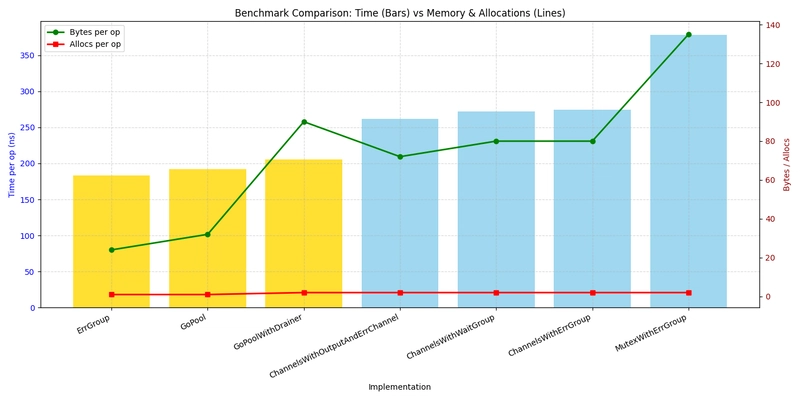Protecting user data in Flutter apps is critical to building trust and ensuring compliance. This blog explores key practices to secure your Flutter app, from data storage to network communication, helping you create robust and reliable applications.
1. Secure Data Storage
Storing sensitive data like passwords or API keys securely is essential to prevent unauthorized access.
Best Practices:
-
Use
flutter_secure_storage: Leverage platform-specific secure storage (e.g., Keychain on iOS, Keystore on Android) for sensitive data. Example:
import 'package:flutter_secure_storage/flutter_secure_storage.dart';
final storage = FlutterSecureStorage();
// Write data
await storage.write(key: 'auth_token', value: 'your_token');
// Read data
String? token = await storage.read(key: 'auth_token');
-
Avoid Shared Preferences for Sensitive Data: The
shared_preferencespackage stores data in plain text, making it unsuitable for sensitive information. -
Encrypt Local Databases: Use packages like
encryptwith AES encryption for sensitive fields insqflitedatabases.
2. Implement Secure Authentication
Strong authentication mechanisms are vital to protect user accounts from unauthorized access.
Best Practices:
- Use Secure Authentication Providers: Integrate Firebase Authentication, Auth0, or OAuth 2.0 for secure login flows.
-
Implement Token-Based Authentication: Store JSON Web Tokens (JWT) or refresh tokens in
flutter_secure_storage. - Enable Multi-Factor Authentication (MFA): Add an extra security layer with MFA via Firebase or third-party services.
- Validate Inputs: Sanitize user inputs to prevent injection attacks.
3. Secure Network Communication
Ensuring secure data transmission prevents interception or tampering during API calls.
Best Practices:
- Use HTTPS: Always use HTTPS for API calls to encrypt data in transit.
-
Implement Certificate Pinning: Use
http_certificate_pinningto ensure communication with trusted servers. Example:
import 'package:http_certificate_pinning/http_certificate_pinning.dart';
final secureHttpClient = SecureHttpClient();
await secureHttpClient.addCertificate('your_server_certificate_sha256');
-
Encrypt API Payloads: Encrypt sensitive data before transmission using the
encryptpackage. Example:
import 'package:encrypt/encrypt.dart';
final key = Key.fromUtf8('32-length-key-1234567890123456');
final iv = IV.fromLength(16);
final encrypter = Encrypter(AES(key));
final encrypted = encrypter.encrypt('sensitive_data', iv: iv);
4. Protect Against Code Tampering
Prevent attackers from reverse-engineering or tampering with your app’s code.
Best Practices:
-
Obfuscate Code: Use
flutter build --obfuscate --split-debug-info=/path/to/debugfor release builds. -
Use ProGuard for Android: Configure ProGuard rules in
android/app/proguard-rules.proto obfuscate APKs. - Move Sensitive Logic to Backend: Handle critical logic in a secure backend instead of hardcoding in the app.
5. Manage Dependencies Securely
Vulnerable dependencies can introduce security risks into your app.
Best Practices:
-
Audit Dependencies: Use
flutter pub outdatedor Dependabot to keep packages updated. -
Check for Vulnerabilities: Integrate tools like
safetyor OWASP Dependency-Check in your CI/CD pipeline. - Minimize Dependencies: Reduce the attack surface by including only necessary packages.
6. Comply with Data Privacy Regulations
Compliance with regulations like GDPR or CCPA is essential for apps handling user data.
Best Practices:
-
Obtain User Consent: Use
app_tracking_transparency(iOS) to request data collection consent. - Implement Data Minimization: Collect only necessary data.
- Provide Data Deletion Options: Allow users to delete their data to comply with “right to be forgotten” rules.
- Display a Privacy Policy: Clearly communicate data handling practices.
7. Integrate Security Testing in CI/CD
Embedding security checks in your CI/CD pipeline catches vulnerabilities early.
Best Practices:
-
Static Code Analysis: Use
dartanalyzeror SonarQube to identify insecure code patterns. - Automated Security Scans: Integrate MobSF or OWASP ZAP in CI/CD pipelines (e.g., GitHub Actions). Example workflow:
name: Security Scan
on:
push:
branches:
- main
jobs:
security:
runs-on: ubuntu-latest
steps:
- uses: actions/checkout@v3
- name: Run MobSF
run: docker run -it opensecurity/mobile-security-framework-mobsf
- Penetration Testing: Conduct periodic manual or automated penetration tests.
8. Educate Users on Security
Empowering users enhances overall app security.
Best Practices:
- Password Guidelines: Encourage strong passwords with feedback on strength.
- Security Notifications: Notify users of suspicious activities via push notifications or email.
- Clear Error Messages: Avoid exposing sensitive information in error messages.
Conclusion
By adopting these security practices—secure storage, robust authentication, encrypted communication, and automated testing—you can protect user data and ensure compliance in your Flutter apps. Start implementing these strategies today to build secure, trustworthy applications.



